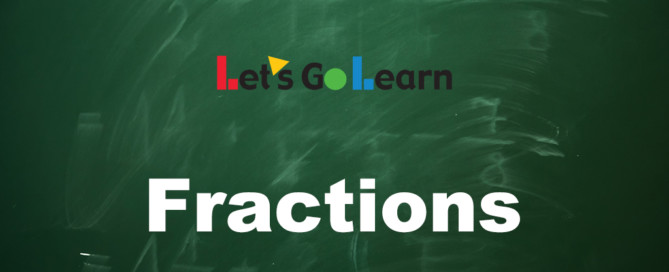Guide to Dyslexia Screening: Understanding the Process
What is a dyslexia screener assessment? A dyslexia screener by definition conditionally identifies students who may have reading difficulties or dyslexia. It is important to understand how it does this. Essentially, the screener looks at early reading skills that students are taught in grades K to 2. If student performance indicates that they











